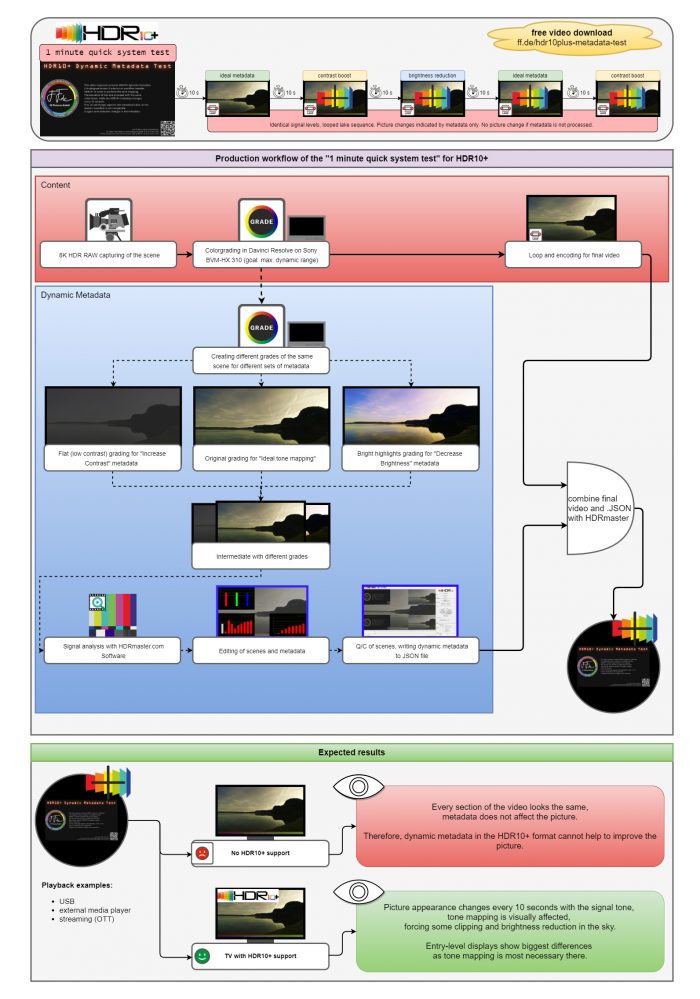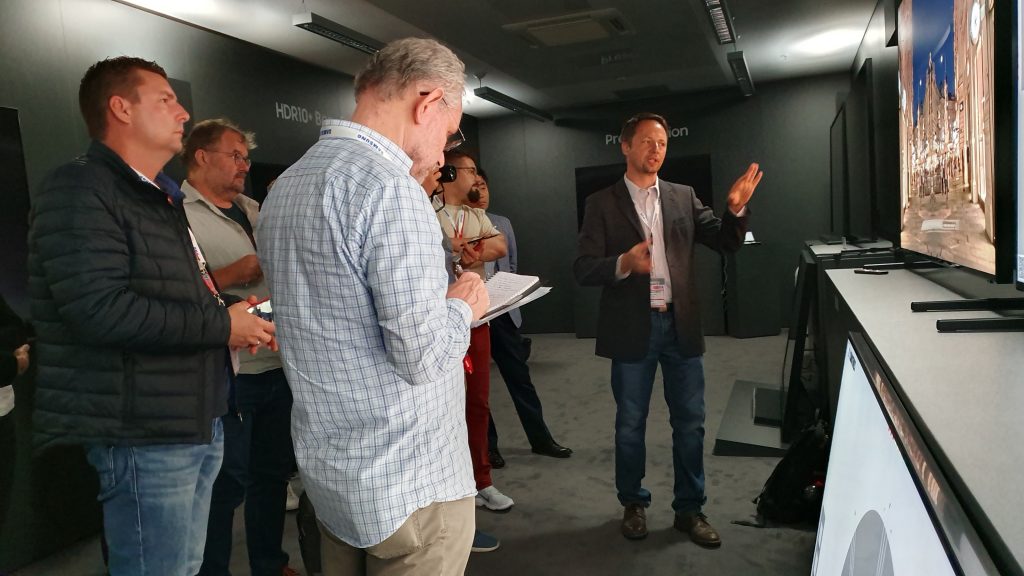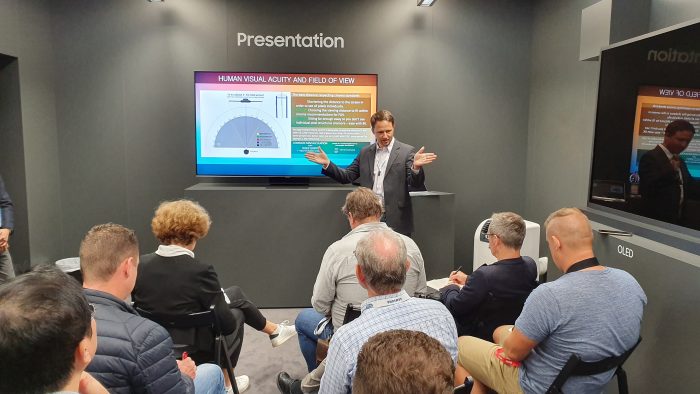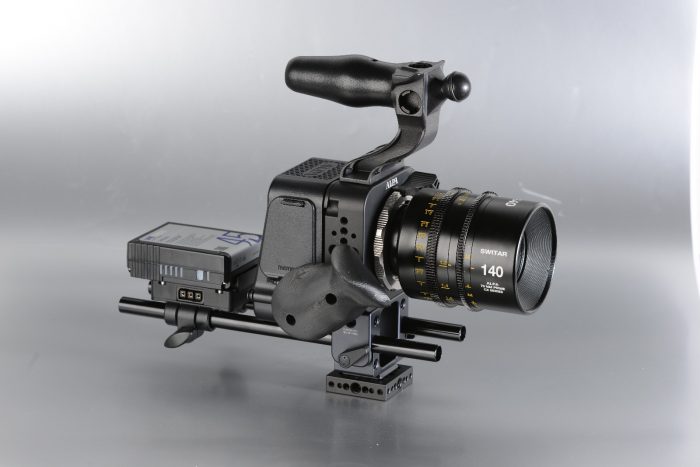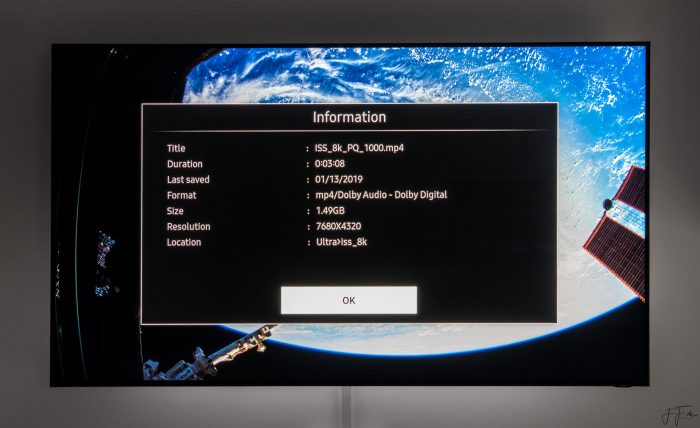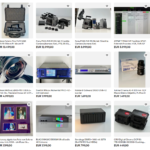ST.2086 Demystified: From Codec Constraints to Metadata Mastery with HDRmaster
Unlock the complexities of ST.2086, the backbone of HDR metadata across codecs H.264, H.265, and H.266. Learn how software like InnoPQ HDRmaster can streamline metadata handling and understand the future-proofing benefits of H.266
REC 709-A Exposed: Navigating the Gamma Minefield in Post-Production
Unearth the secrets of REC 709-A, the DaVinci Resolve-specific color space designed to manage gamma inconsistencies. Discover the mathematical nuances and what happens when it’s misinterpreted as BT.1886. Ideal for colorists and video professionals navigating the gamma minefield in post-production.
Unlocking the Brightness Potential: Scaling SDR Beyond 100 Nits
Unlock the untapped potential of Standard Dynamic Range (SDR) with our comprehensive guide on REC 709 and BT.1886. Discover how tweaking a single parameter can scale your SDR luminance up to 300 nits, a feat commonly associated only with HDR displays. Ideal for video professionals and display enthusiasts alike
The Choice of Observer in Video Signal and Display Analysis: Championing the 2° Observer
Navigating the vibrant seas of color perception and display technology can be complex. This post dives into the debate between the use of the 2° vs. 10° observer in video signal analysis and display measurements.
1 minute HDR10+ system test
The video clip this article is about is a free HDR10+ system test from FF Pictures for you to check the functionality of HDR10+ dynamic metadata with your display. If you ever wondered if your HDR10+ devices work correctly, just download the MP4-File and play it with your system. HDR10+: Does it work? Surprisingly, we receive this question quite often, even for feature films where we’ve color-graded an HDR10-version and added HDR10+ dynamic metadata. The beauty of dynamic metadata is that a proper implementation acts in the background, and you overlook its work while viewing a movie.Also, if you have a TV with dynamic range capabilities close to what the mastering display could do, the effect might be relatively minor. That’s simply because aggressive tone mapping is not needed to keep image information. That said, the image quality benefits of using entry-level HDR-TVs can be quite extraordinary. This potential quality […]
8K resolution: Hype or benefit?
by Florian Friedrich, last updated: November 15th, 2019 TV-Makers and camera manufacturers make us believe 8K is the next big thing. While more and more devices are launching, controversial discussions about the visibility of the resolution are going hand in hand with discussions about what is real 8K. This article covers the most important aspects of 8K as well as delivering some insights about 8K metrics, 8K productions and what the human eye can see. I’ve also put together also a separate article with frequently asked questions about 8K based on questions I received from attendees after my presentations.If you’re interested in getting some 8K materials for free download, please see my post about NASA 8K footage and sign up to my free 8K newsletter, which will also provide you free access to downloading more 8K clips such as a nice Dinner Clip (see Youtube-preview) making a good example for […]
8K resolution: Frequently Asked Questions
by Florian Friedrich, November 11th, 2019 After my presentations about 8K in 2019 at various trade shows and events, I received questions from attendees. I’m sharing the most popular questions and answers about 8K here and might update this post from time to time. What is your personal opinion regarding the 8K resolution of 7.680 x 4320 pixels (33 MP) compared to the 4K resolution of 3860×2160 pixels (8 MP)? When it comes to comparing 4K against 8K, the biggest benefit I see is the disappearance of any kind of pixel structure. 33 Megapixels at normal viewing distances finally seem to be enough to avoid flickering details and jagged edges without compromising visible resolution. This matters for cameras and displays in the same way. What do you think about people who claim that there’s no benefit in 8K if you don’t sit extremely close (like less than one picture height […]
My Alpa Platon Experience
by Florian Friedrich, February 27th, 2019 The Alpa Platon project is dedicated to adding everything a filmmaker can dream of to a Hasselblad H6D-100c camera. But let’s start from the beginning… Have you heard about large sensor digital filmmaking yet? The usual sensor size in digital filmmaking is Super 35 (S35 ~25mmx13mm, depending on the camera and aspect ratio) and some cameras like Sony Venice (36mm x 24mm) started to use full frame or bigger sensors recently. A larger sensor in general means that you can capture more pixels of the same size or increase the size of pixels on the sensor. While both approaches have their specific advantages (resolution or noise level), the downside is that you need bigger lenses to fulfill the needs of a larger sensor. So, of course, the cost for appropriate lenses considering all the high-quality glass and optics can be tremendous and must be […]
NASA 8K HDR video for free
by Florian Friedrich, last update: April 29th, 2019 When I saw that NASA shared some 8K footage ready to download on its website, I immediately thought I want to see this on a 8K TV!Seeing the ISS and earth in that kind of resolution seemed fascinating to me. Mission1: Download the file from NASA I do have access to a 75″ Q900 TV from Samsung which has the desired 8K resolution, so I downloaded the MP4-Video which was encoded to 709 SDR, MPEG level MAIN 6.2 with about 140 MBit/s. So there’s no HDR or Wide Color Gamut for 8K space material, really? I had put the file onto a USB Stick and plugged it into the TV which rejected to play it. Oh wow, the first 8K Video from NASA and the first 8K TV on the market don’t know each other? I immediately wanted to act as a […]

